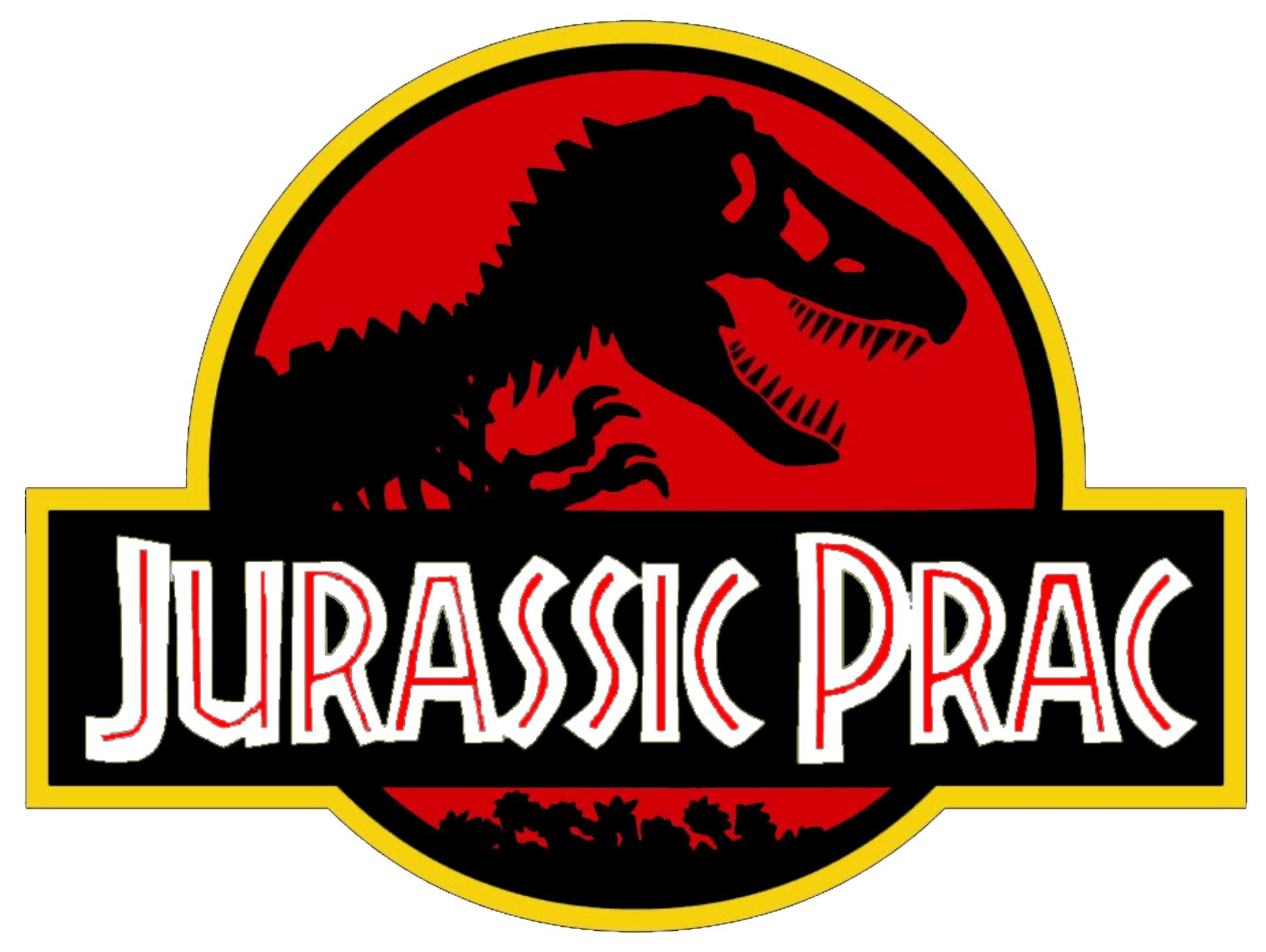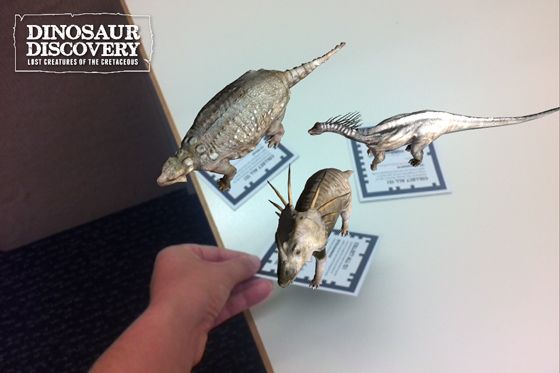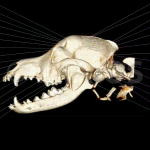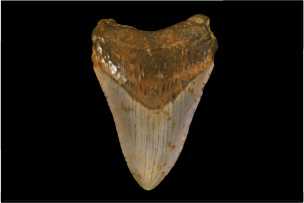
Background: How do fossils preserve?
Unaltered hardparts
The concept of unaltered remains can refer to multiple modes of preservation. Freezing, encapsulation in amber (tree resin), desiccation, and chemical preservation, such as entombment in petroleum containing sediment, are various examples. Freezing, mummification (desiccation), oil seeps, and amber can preserve both soft and hard tissues. Sometimes the soft tissues decay, but the hard parts remain unaltered. Teeth, bones, and shells may be preserved as unaltered hard parts if the chemical environment allows it. The specimen below is an ammonite that preserves its original shell nacre (‘mother of pearl’)- it had been preserved in an oil seep.
Click here to see a full screen 3D model of the ammonite.
Replacement
Replacement occurs when the pore spaces of organic tissues are impregnated with dissolved minerals. Common minerals found in permineralised fossils include silica, calcite, phosphates, pyrite, iron oxides.
The example below is a brachiopod that has been replaced by silica. The original shell of organisms like brachiopods and bivalves are made of calcium carbonate. When such organisms undergo replacement in the fossil record, they commonly have a grey colour, and are generally much more resilient to erosion/destruction than the original skeleton. Bones of vertebrate animals (e.g., dinosaurs) commonly become fossilised this way too).
Click here to see a full size 3D model of the brachiopod.
Permineralisation and Petrification
Perminerlisaiton is where all of the original organic materials (in addition to the pore spaces) are completely replaced by minerals (e.g., minerals that fill in plant cells AND replace the original cell walls, such as in petrified wood). This is most common in the hard parts of plants such as wood and bones and teeth. The term petrification is often applied to wood.
The specimen here is a lump of petrified wood.
Click here to see a full size 3D model of the petrified wood sample.
Recrystallisation
Recrystallisation is a type of replacement and it occurs when the original organic material is recrystallised and replaced by different geological materials. The example here is an extinct ammonite whose original skeleton (composed of aragonite) has recrystallised (the mineral is now calcite; note the large crystals on the broken ends of the specimen). When samples are “recrystallised we loose the pearly sheen that you see in unaltered specimens and while we retain the external shape of the specimen, and its clearly made of one mineral, we loose much of the finer and especially, internal structures.
Click here to see a full size 3D model of the ammonite.
Casts and moulds / impressions
Organisms buried in sediment may decay or dissolve away leaving a cavity or mould / impression. If the space is subsequently filled with sediment or a mineral precipitated from pore waters, an external cast can be made. Moulds and casts are three dimensional and preserve the surface contours (shape) of the organism. A mould preserves a negative imprint of the surface, while a cast preserves the external or positive form of the organism. Most moulds and casts do not contain the actual remains of an organism and the trick to identifying them is that they are often made of the same material as the rock around the fossil.
The specimen below represents the impressions of a Permian seed fern, Glossopteris. The red parts of the apparent leaves are actually just minerals that have later impregnated the rock (iron oxides). There is no original plant material left at all in this specimen.
Click here to see a full size 3D model of this specimen.
Here is another impression below, but this time the specimen represents an external mould of an ammonite. Note the concave shape of the original organism (moulds are always a negative impression of the original organism)
Click here to see a full size 3D model of this specimen.
And finally, the below model is a cast of an ammonite. A cast fossil is always a positive impression of the original organism (note that the fossil is convex).
Click here to see a full size 3D model of this specimen.
Carbonisation
Carbonisation often shows the external surface of an organism, but flattened in a two dimensional fashion. The compression retains altered tissues composed mainly of carbon. If the layer of carbon is lost on the compression through weathering or further diagenesis then an impression remains. Thus, some fossils may preserve more than one style of preservation.
The specimen below is a seed fern from the Triassic, Dicroidium (the same type of seed fern that we saw preserved in the Tingalpa Formation at Toohey Forest). This specimen represents both coalified remains (the darker, black portion), as well as impressions (the lighter-coloured parts where the original leaves have now been lost).
Click here to see a full screen 3D model of this specimen.
Section 1: Styles of fossil preservation (external students only)
Fossil 1: Brachiopod (Permian)
Click here to see a full screen 3D model of this specimen.
Fossil 2: Oyster (Carboniferous)
Click here to see a full screen 3D model of this specimen.
Fossil 3: Tree (Cenozoic)
Click here to see a full screen 3D model of this specimen.
Fossil 4: Elephant tooth (Pleistocene)
Click here to see a full screen 3D model of this specimen.
Fossil 5: Seed fern (Triassic)
Click here to see a full screen 3D model of this specimen.
Fossil 6: Ammonite (Cretaceous)
Click here to see a full screen 3D model of this specimen.
Fossil 7: Seed fern (Triassic)
Click here to see a full screen 3D model of this specimen.
Fossil 8: Coral (Carboniferous)
Click here to see a full screen 3D model of this specimen.
Fossil 9: Baragwanathia (plant; Silurian)
Click here to see a full screen 3D model of this specimen.
Fossil 10: Ammonite (Cretaceous)
Click here to see a full screen 3D model of this specimen.
Section 2: The who’s who of the dinosaur family tree
If you’re an iPhone or iPad user, download the ‘Dinosaur Discovery’ app here to complete this exercise. To access the dinosaur tracker codes, click here. These trackers will work best if you print them as a hardcopy and then cut them out with scissors.

Unfortunately this app is no longer supported for Android or other non-Apple devices. To remedy this, if you cannot access the app please see the below video of Kev’s clumsy thumbs showing you the various dinosaurs.
Dinosaurs
Section 3: Skull parade
See below for the 10 different marsupial and placental skulls, randomly divided into two sets. If you wish to use correct anatomical terms to describe the morphological differences that you think are useful, feel free to use this guide (click to enlarge):

Mammal skull set 1:
Click here to see a full screen 3D models of Set 1.
Mammal skull set 2:
Click here to see a full screen 3D models of Set 2.
Section 4: How big was megalodon?
This is a reconstruction of megalodon. The largest individuals are thought to have reached up to 18 m although animals of this size were very rare.
Megalodon tooth 1: click thumbnail image below to open the 3D model and measuring tool. To measure the tooth, after the model has loaded, click the ruler to the upper left and follow the instructions from there. The key measurement to take on each tooth is the ‘major slant height’ (see exercise sheet for details).

Megalodon tooth 2: click thumbnail image below to open the 3D model and measuring tool.

Back to ERTH1000





